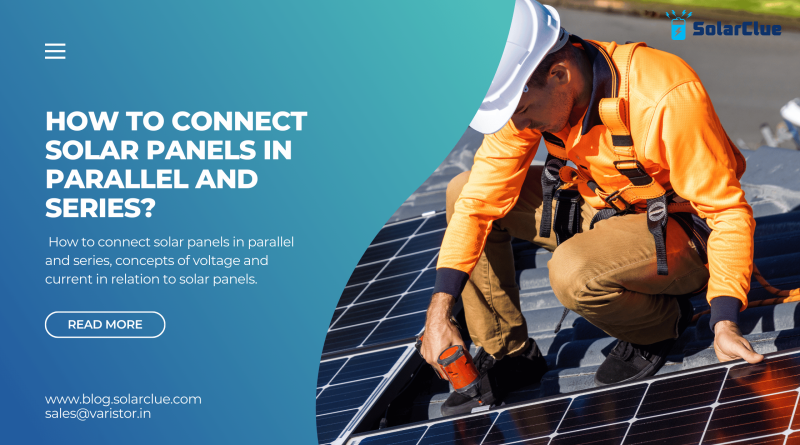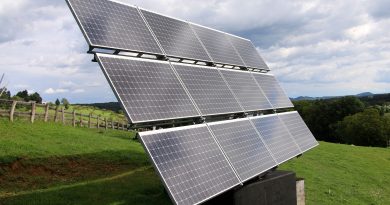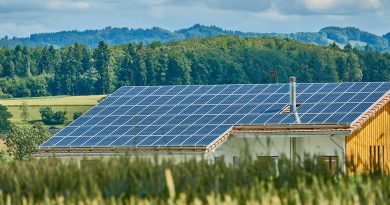How To Connect Solar Panels in Parallel and Series?
Connecting solar panels properly is crucial for maximizing their efficiency and ensuring the safety of your solar power system. This blog explains the how to connect solar panels in parallel and series, concepts of voltage and current in relation to solar panels, provides detailed instructions for series and parallel connections, and discusses the advantages and disadvantages of each method.
Table of Contents
Understanding Voltage and Current in Solar Panels
- Voltage (V): The electrical potential difference between two points. It is measured in volts (V).
- Current (I): The flow of electric charge. It is measured in amperes (A).
In a solar panel system:
- Voltage increases when panels are connected in series.
- Current increases when panels are connected in parallel.
Series Connections: Increasing Voltage
Concept
- Series Connection: Solar panels are connected end-to-end, positive terminal of one panel to the negative terminal of the next.
Impact on Voltage and Current
- Voltage: Adds up (sum of all panel voltages).
- Current: Remains the same as a single panel.
Step-by-Step Instructions
1. Identify Terminals: Find the positive and negative terminals on each panel.
2. Connect Panels:
Connect the positive terminal of the first panel to the negative terminal of the second panel.
Continue connecting additional panels in the same manner.
3. Final Connections:
The free positive terminal of the first panel and the free negative terminal of the last panel are your output connections.
Parallel Connections: Increasing Current
Concept
Parallel Connection: Solar panels are connected with all positive terminals linked together and all negative terminals linked together.
Impact on Voltage and Current
- Voltage: Remains the same as a single panel.
- Current: Adds up (sum of all panel currents).
Step-by-Step Instructions
1. Identify Terminals: Find the positive and negative terminals on each panel.
2. Connect Panels:
Now, Connect all positive terminals together.
Connect all negative terminals together.
3. Final Connections:
The combined positive and negative connections are your output connections.
Combining Series and Parallel Connections (Series-Parallel)
Concept
Series-Parallel Connection: Combines series and parallel methods to achieve desired voltage and current levels.
Step-by-Step Instructions
1. Group Panels in Series: Connect panels in series to form groups with the desired voltage.
2. Connect Series Groups in Parallel: Connect these series groups in parallel to achieve the desired current.
Matching Solar Panel Configurations to Inverter Requirements
- Voltage and Current Ratings: Ensure the combined voltage and current match the inverter’s input specifications.
- System Optimization: Balance the number of panels in series and parallel to optimize performance.
Safety Considerations for Solar Panel Wiring
1. Turn Off Power: Ensure all components are turned off before making connections.
2. Use Proper Tools: Use insulated tools to prevent electric shocks.
3. Wear Safety Gear: Always wear gloves and safety glasses.
4. Avoid Water: Ensure the work area is dry.
5. Check Connections: Double-check all connections to prevent short circuits.
Troubleshooting Common Connection Issues
- No Output: Check for loose or disconnected wires.
- Low Output: Ensure panels are not shaded or dirty.
- Overheating: Check for proper ventilation and correct wire gauge.
Optimizing System Performance Through Proper Wiring
1. Regular Maintenance: Clean panels and inspect connections regularly.
2. Monitor Performance: Use monitoring tools to track system output.
3. Upgrade Components: Use efficient inverters and charge controllers to improve performance.
Advantages and Disadvantages of Each Method
| Connection Type | Advantages | Disadvantages |
|---|---|---|
| Series | Increases voltage, fewer cables needed | Voltage imbalance can affect performance |
| Parallel | Increases current, safer with lower voltage | Requires more cables, can suffer current loss |
| Series-Parallel | Balances voltage and current, flexible setup | More complex to design and install |
Conclusion
Properly connecting solar panels in series, parallel, or a combination of both is essential for optimizing system performance and ensuring safety. By understanding the how to connect solar panels in parallel and series, concepts of voltage and current, following detailed connection instructions, and adhering to safety precautions, you can effectively configure your solar panel system for maximum efficiency.
Here at SolarClue®, we offer a smart, practical, and “beautiful” solution. You will be answered for all the questions related to Solar.
We provide all kinds of brands that are the Best Solar panels in India.
If you are the one who is planning for the solar power system. Don’t hesitate to contact our team!
Looking forward to empowering you with solar energy, just like hundreds of our other clients!
FAQs
1. Can I connect different types of solar panels together?
It’s best to use identical panels to avoid imbalances in voltage and current.
2. What gauge wire should I use for connections?
Use wire with an appropriate gauge based on the current rating to prevent overheating.
3. How can I protect my solar panel system from overvoltage?
Use charge controllers and overvoltage protection devices.
4. Is it safe to install solar panels myself?
Yes, if you follow safety guidelines and have basic electrical knowledge. For complex systems, consider professional help.
5. How often should I inspect my solar panel connections?
Inspect connections at least twice a year or whenever you notice a drop in performance.



